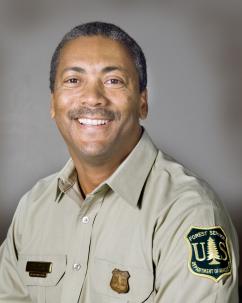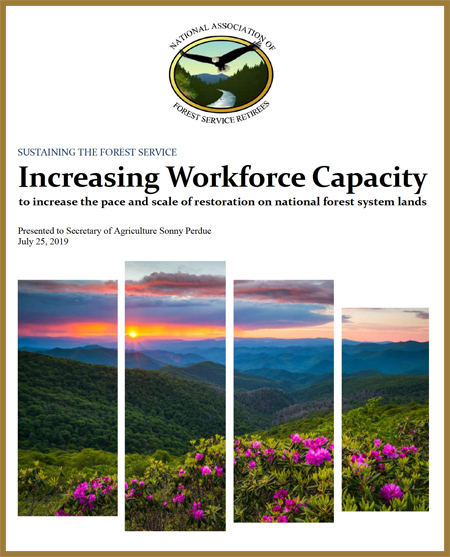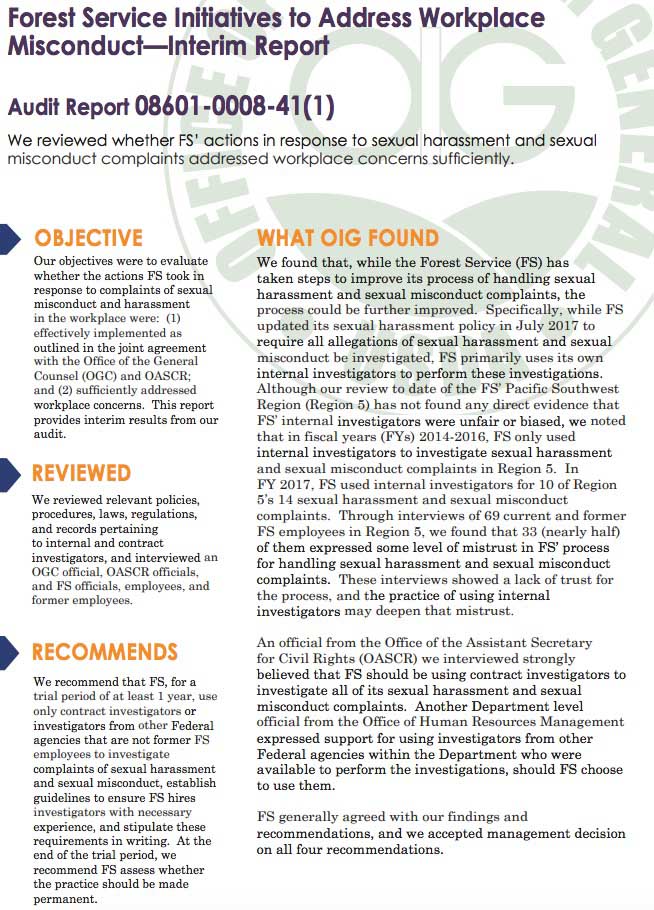
Forest Service Chief Randy Moore has released what has become in recent years an annual ritual, a Chief’s Letter of Intent.
This year’s version dated April 14 begins with a discussion about the 2021 fire year and the new emphasis on increasing hazardous fuels reduction work by two to four times current levels. (The full document is below.) Then he moved to other subjects.
Suppress, or not suppress fires
Tucked away in a paragraph about COVID is a sideways reference to fire suppression strategy: “Finite resources require making choices, including to commit firefighters only to operations where they have a high probability of success and can operate effectively with no exposure to unnecessary risk to meet reasonable objectives.” Three paragraphs later the Chief mentions “using fire on the landscape”, and then:
I recognize that can be controversial and cause concern. Therefore, we must have a clear understanding of when, where, how and under what conditions we use this tool. We do not have a “let it burn” policy. The Forest Service’s policy is that every fire receives a strategic, risk-based response, commensurate with the threats and opportunities, and uses the full spectrum of management actions, that consider fire and fuel conditions, weather, values at risk, and resources available and that is in alignment with the applicable Land and Resource Management Plan. Line officers approve decisions on strategies and Incident Commanders implement those through tactics in line with the conditions they are dealing with on each incident. We know the dynamic wildland fire environment requires the use of multiple suppression strategies on any incident; however, this year we will more clearly articulate how and when we specifically use fire for resource benefit. The Red Book will be updated to require that during National and/or Regional Preparedness Levels 4 and 5, when difficult trade-off decisions must be made in how to deploy scarce resources most effectively, Regional Forester approval will be required to use this fire management strategy. This is commensurate with Red Book prescribed fire direction during these periods.
Firefighter well-being
The letter from the Chief mentions that high stress working environments and extensive time away from families can affect a firefighter’s physical and psychological resilience.
To help address these very real problems, changes have been made to Chapter 7 of the 2022 Interagency Standards for Fire and Fire Aviation Operations (Red Book) that update work-rest guidelines to require three days of rest for every 14 days worked, excluding travel days, upon return to their home unit.
Pay and a firefighter job series
The paragraph about work-rest guidelines ends with two sentences about firefighter pay and a job series:
Work is also ongoing with the Department of the Interior and the Office of Personnel Management to develop a wildland firefighter series and improve pay parity to better recognize the value of the work done by our wildland firefighters. We will continue to provide information on these efforts as they move forward and will engage with our wildland firefighters to ensure their voices are part of this work.
COVID
The Chief wrote that the Forest Service “will align our COVID-19 mitigation strategies with the Centers for Disease Control and Prevention with respect to masks and testing of our firefighters.” There was no mention of requiring vaccinations. The text at the CDC link has statements such as, “Layered prevention strategies — like staying up to date on vaccines, screening testing, ventilation and wearing masks — can help limit severe disease and reduce the potential for strain on the healthcare system.”
The letter also says the FS will “continue with small, dispersed fire camps and remote incident management.”
Our take
With difficulties in hiring and retention, and the consumer price index rising by 8.5% over the past 12 months — the largest inflation surge in 40 years — a much broader discussion about pay and a growing unease and dissatisfaction in the firefighter ranks should have been job number one in the Intent letter. Thought should have been given to addressing the inability to fill jobs, skilled firefighters resigning, and positions being vacant for years. Some firefighters are considering this year to be a put up or shut up moment. For them it is important to know exactly where the Chief of the Forest Service, the Office of Personnel Management, and the Administration stand on allowing firefighters to earn a living wage, and what, if any, progress has been made to fix these issues. An honest Report on Conditions is needed — now. This letter, which is meant to be distributed down to the lowest levels, was a squandered opportunity. Maybe these problems have been addressed in another venue, but in this widely circulated missive, just quickly glossing over matters that are critical to the workforce, was a mistake.
In an April 5 hearing before a congressional committee, USFS Deputy Chief of State and Private Forestry Jaelith Hall-Rivera said, “I do think we are on pace [to meet the hiring goal of increasing the number of USFS firefighters by 1,300]. We are seeing a very high acceptance rate in our permanent and seasonal permanent firefighting positions.” Maybe Chief Moore is receiving similar rosy information about the state of his workforce.
[pdf-embedder url=”https://wildfiretoday.com/wp-content/uploads/2022/04/Chiefs-Letter-of-Intent-for-Wildfire-2022.pdf” title=”Forest Service Chief’s Letter of Intent for Wildfire – 2022″]








